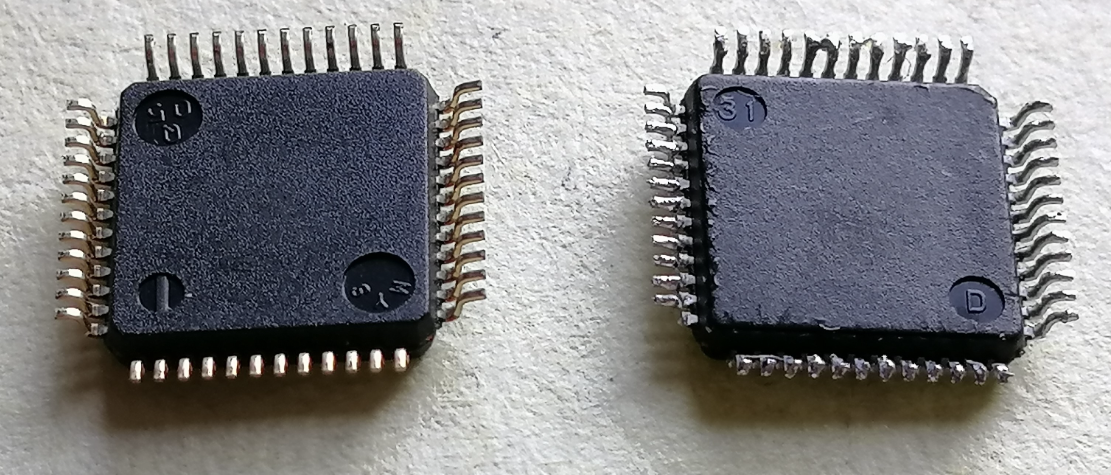OUTLINE:
Decapsulation Methods & Functions
 925
925Decap detection is a technique used in integrated circuit (IC) testing to verify the integrity of a chip's power supply connections. The term "decap" refers to decoupling capacitors, which are commonly used on ICs to filter out noise and other unwanted signals from the power supply lines.

During decap detection, the chip is subjected to a series of tests that simulate various operating conditions. These tests are designed to identify any anomalies or inconsistencies in the power supply connections.
One common decap detection method involves applying a voltage ramp to the chip's power supply pins while monitoring the output signals. If the chip is functioning properly, the output signals should remain stable throughout the voltage ramp. However, if there is a problem with the decoupling capacitors or other power supply components, the output signals may become distorted or unstable at certain points during the voltage ramp.
There are several approaches to DECAP detection, including:
Voltage ramping: The voltage ramp test applies a gradually increasing voltage to the IC's power supply pins while monitoring its output signals. If the IC is working properly, the output signals should remain stable throughout the voltage ramp. However, if there is an issue with the decoupling capacitors or other power supply components, the output signals may become distorted or unstable at certain points during the voltage ramp.
Frequency response analysis: In this method, a frequency sweep signal is applied to the IC's power supply pins, and the resulting voltage response is measured. The frequency response curve obtained can reveal any abnormalities in the IC's power supply network, such as resonance peaks that indicate inadequately placed or insufficient decoupling capacitors.
Time domain reflectometry: This technique involves sending a pulse down the power supply line and measuring the reflected wave that bounces back from impedance mismatches, such as open or shorted circuits. By analyzing the reflected waveform, it is possible to identify any issues in the power supply network, including problems with the decoupling capacitors.
The three functions of chip testing are as follows:
First-level testing: Label and packaging verification, which ensures that the identity and quality of the chip match the order.
Second-level testing: Chip appearance and electrical testing, which confirms that the chip is intact and meets standard performance requirements.
Third-level testing: Chip X-ray testing and open cover testing, which is more rigorous and confirms whether the internal structure of the chip is correct and free of defects or faults.
These three methods of testing are important to ensure the quality of chips and ultimately guarantee proper device operation and customer satisfaction.


Disclaimer: The views and opinions expressed by individual authors or forum participants on this website do not represent the views and opinions of Chipsmall, nor do they represent Chipsmall's official policy.

share this blog to:

